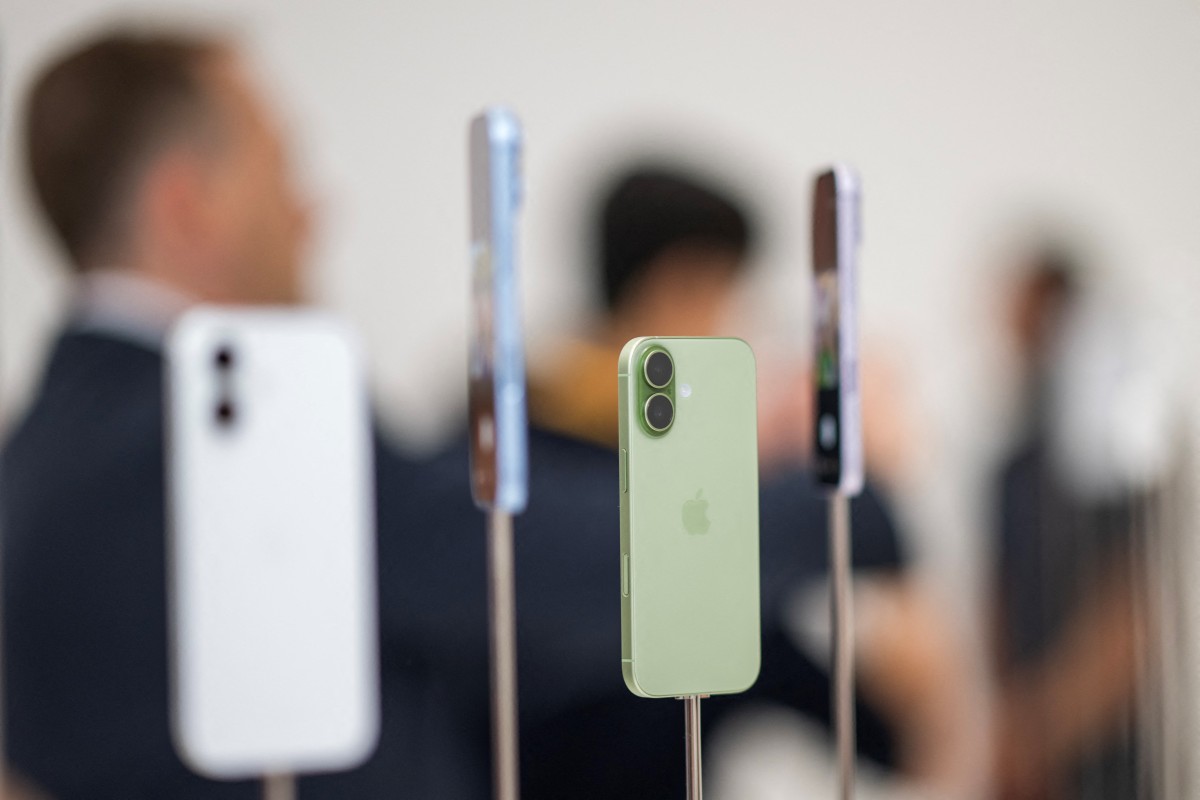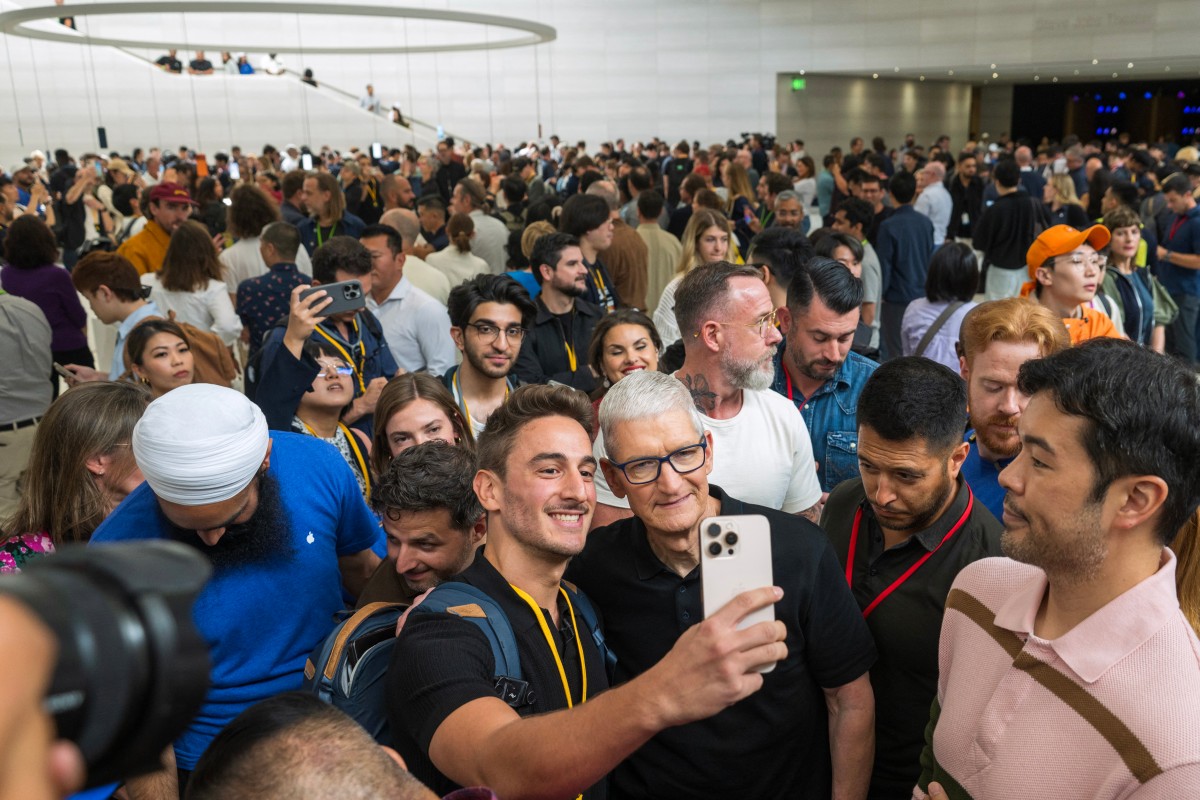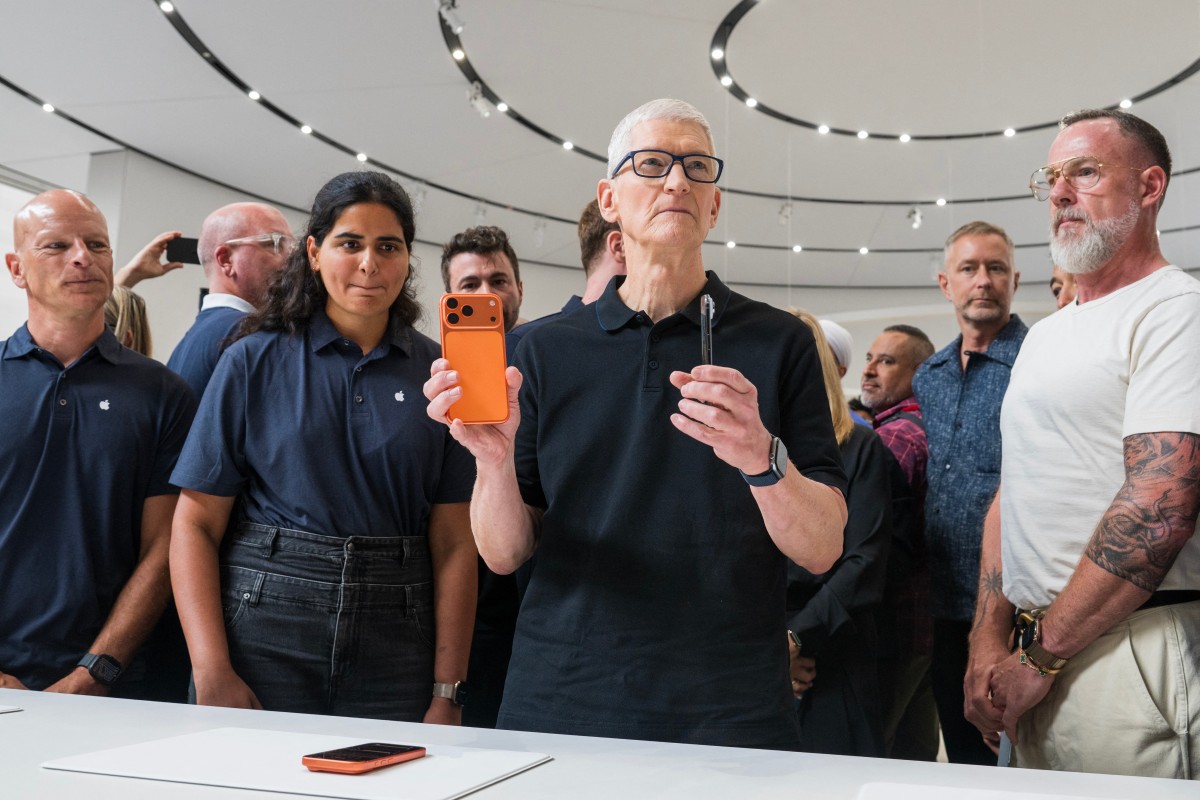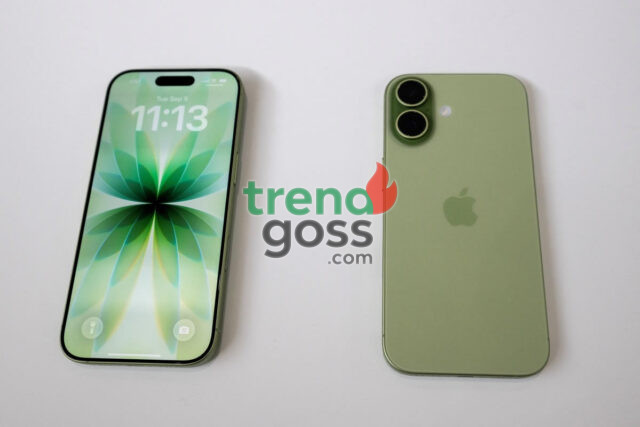Apple on Tuesday unveiled its much-anticipated iPhone 17 lineup, boasting the company’s thinnest smartphone ever as it strives to demonstrate competitiveness in the global generative AI revolution.
The announcement was made at Apple’s annual iPhone launch event, a high-profile showcase closely watched by investors, regulators, and millions of tech enthusiasts worldwide.
But this year’s unveiling came under extraordinary pressure. The White House has intensified calls for Apple to reduce reliance on Chinese manufacturing, while Wall Street analysts question whether the Silicon Valley giant is truly prepared to dominate in the rapidly advancing AI era.
Compounding the uncertainty, Apple is navigating the turbulence of Donald Trump’s trade policies, with the Republican president’s high tariffs weighing on U.S.-China tech trade. Since Trump returned to office in January, Apple shares have dipped more than 3%, reflecting investor caution.
Against this backdrop, Apple is betting heavily on the iPhone 17, pitching it as the device that could spark a super-cycle of upgrades and persuade consumers to replace aging models they’ve held onto for longer than ever.

Apple iPhone 17 models are displayed during Apple’s “Awe-Dropping” event at the Steve Jobs Theater on the Apple Park campus in Cupertino, California, on September 9, 2025. (Photo by Nic Coury / AFP)
“The event shows Apple sidestepping the heart of the AI arms race while positioning itself as a long-term innovator on the AI hardware front, with silicon and device-level integration,” said Emarketer analyst Gadjo Sevilla.
To reinvigorate its brand, Apple introduced the iPhone 17 Air, which CEO Tim Cook called “a total game changer.”
At just 5.6mm thick (less than a quarter inch), the $999 device features Apple’s new A19 Pro processor — its most powerful iPhone chip to date — and promises all-day battery life with up to 40 hours of video playback.
The Air joins Apple’s more standard lineup, including the premium iPhone Pro 17, the company’s most expensive and highest-performing model.
While all new devices incorporate generative AI technology, Apple made no major announcements about expanding its AI capabilities beyond updates to existing features in its “Apple Intelligence” suite.

The company’s AI push has struggled to gain traction since it launched “Apple Intelligence” late last year. Users have been particularly disappointed with improvements to Siri, which remains surprisingly basic despite years of promises.
Apple reportedly plans to integrate AI into online search next year and overhaul Siri, though the company hasn’t confirmed these reports.
The tech giant is also said to be partnering with Google to tap into its search and AI expertise.
“To truly differentiate and smoke the competition, Apple will have to crack AI as a new contextual user-interface” on its devices, Forrester analyst Thomas Husson said in a note.
“Executing such an ambitious AI strategy will take time. It won’t happen at best until next year, if not for the iPhone’s 20th anniversary” in 2027, he added.
Pivot To Air
Industry analysts see the iPhone Air as a strategic pivot, with Apple positioning ultra-thin design — rather than larger screens — as its new premium selling point.
The super-slim profile could also pave the way for Apple’s long-rumored foldable iPhone, expected as early as next year. Samsung and China’s Huawei already offer foldable smartphones.
However, engineering such thin devices presents challenges: higher production costs and reduced battery space, though Apple claims 24-hour battery life for the iPhone 17 Air when fully charged.

Despite tariffs that increase production costs, Apple kept iPhone prices unchanged from last year’s equivalent models — a move that may squeeze profit margins.
Cook revealed in July that Trump’s tariffs cost Apple $800 million last quarter, with an estimated $1.1 billion impact expected this quarter.

Apple shares fell 1.40 percent after pricing details were announced, reflecting investor concerns about the company’s ability to maintain its profit margins.
Apple also introduced the AirPods Pro 3, featuring enhanced noise cancellation and real-time translation capabilities, along with the Apple Watch Series 11, which includes 5G connectivity, extended battery life, and heart health monitoring features pending regulatory approval.



Industry watchers say Apple’s gamble could define not only its next decade of innovation but also its ability to maintain dominance amid the fiercest competition in the tech sector’s history.
#AppleEvent #iPhone17 #AppleNews #TechNews #AI #GenerativeAI #USChina #TrumpTariffs #AppleStocks #iPhoneLaunch






